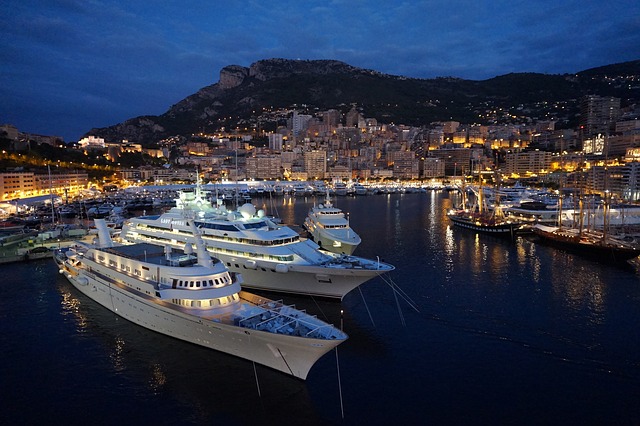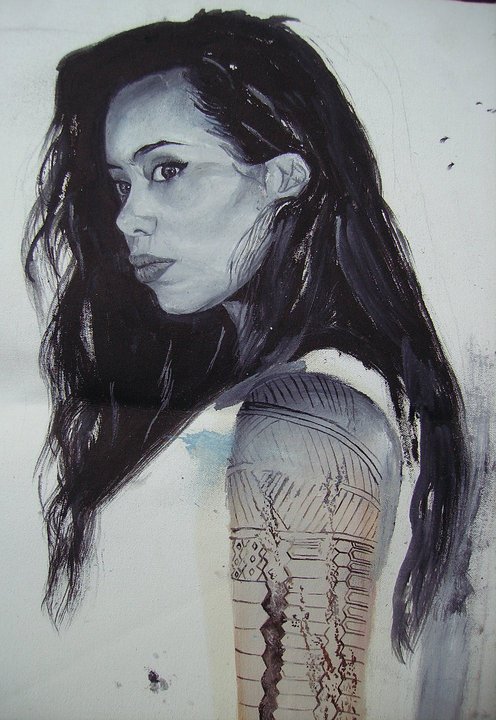“We are all visitors to this time, this place. We are just passing through. Our purpose here is to observe, to learn, to grow , to love. And then we return home.” Australian Aborigine Proverb
August 9, 2017 marked the 10th anniversary of the UN Declaration of the rights of indigenous people around the world. It was a landmark decision to actively protect the 370 million people that make up the worlds population of indigenous cultures, including the Inuit of the High Arctic, the Eagle Hunters of Mongolia, the Dayak of Borneo, the Honey Hunters in Nepal, the Tuareg people of the Sahara desert, the Australian Aborigines, the Polynesian Maori of New Zealand, the First Nations of America, the Sami tribe in Scandinavia and the myriad of nomadic hunters and semi-nomadic pastoralists and hunter/gatherers around the world. This number may only total 5 per cent of the global population, but the unique contribution these people make to our world far exceeds that number in terms of cultural diversity, knowledge enrichment, sustainable development, enhancing scientific knowledge and tackling climate change.
Indeed, environmental conservation paired with the intellectual legacy of humanity has never been so crucial. With a myriad of challenges currently threatening the planet, including climate change and depleting global resources, this present time is a pivotal opportunity to actively protect indigenous peoples and learn from them. Not only will learning from them help to protect our environment, but recognizing their different histories, ways of life and traditions will help us to reject a generic modern culture, faced with the seemingly inexorable progression of technological advancement and globalisation. Alarmingly, out of the approximately 7,000 languages spoken on earth, one language becomes extinct every fourteen days. My project, ‘Vanishing Cultures’, for which I won the Surrey County Council Art Award, focused on my desire to highlight the gradual effacement of indigenous identities in the face of globalisation and consumerism. By raising awareness of the need for mutual understanding, I hoped to help preserve not just their legacy but also that of humanity, as we are all custodians of one fragile planet.
The project initially evolved as a result of my seeing some students at school getting tattoos depicting Japanese calligraphy without understanding its meaning, their only concern was that it was perceived as a mark of social status. After researching the significance of tattoos and other cultural emblems in certain societies, I realised that their meaning was lost when adopted by another society. I began exploring ‘vanishing cultures,’ a topic already of interest to me as a result of my subscription to the National Geographic magazine. I wanted to highlight the gradual effacement of a strong cultural identity and connection to history, retained most significantly by members of indigenous communities. My project aimed to resist a generic modern culture, whilst maintaining a dialogue between diverging communities and their personal histories.
I discovered a beautiful photo of a Filipino tribal girl in the National Geographic magazine and being of English and Filipino heritage (amongst others), I wanted to represent the closeness and distance of my knowledge with that of indigenous peoples. I decided to paint the tribal girl’s tattoo on my sister’s arm; we frequently used each other as muses but this was especially significant as it was in a sense a self-portrait, but also an objective painting. The Tatak ng Alon tattoo (‘wave imprint’ in Filipino) is symbolic for the tribe and the wearer as each tattoo has a meaning and significance for the individual, consequently that meaning would be lost if adopted by another culture or inscribed on another person. The fact it is being washed away on my sister’s arm represents the gradual disappearance of that history when appropriated without an understanding of the said culture.
Indigenous cultures only disappear when external forces, such as the deforestation of rainforests, engulf them. The final piece aimed to project a future without these cultures and the loss of their knowledge; it depicted a barren and drought devastated environment, akin to a photographic negative. Without the knowledge specific to a particular location, all significance is lost to the interpreter and that knowledge vanishes.

The final painting was on display at my school from 2005-2012 when I wanted to reclaim it for my portfolio. There is far more meaning that I included in the painting that there is not enough space to write here without being verbose, but now that I am working as an artist fulltime, I do feel a burgeoning desire to reinvigorate the project and continue exploring the theme of vanishing cultures. I would like to investigate more ways in which I can use my art to promote the beauty and importance of indigenous communities, and hopefully help preserve their heritage and knowledge for posterity.








